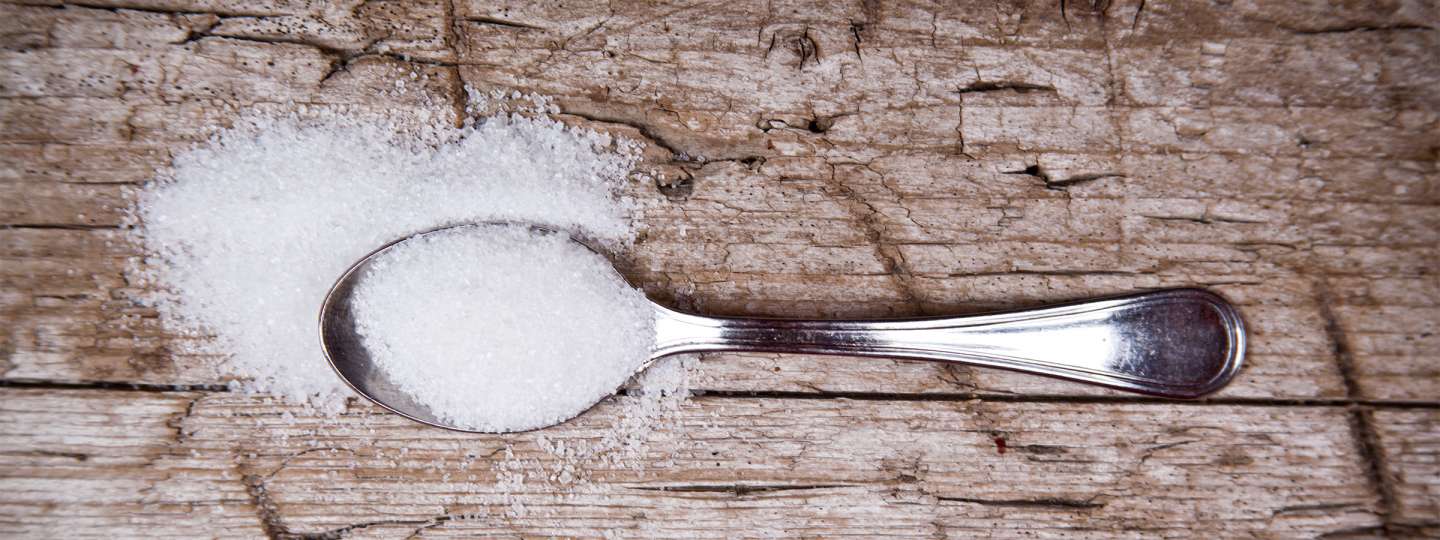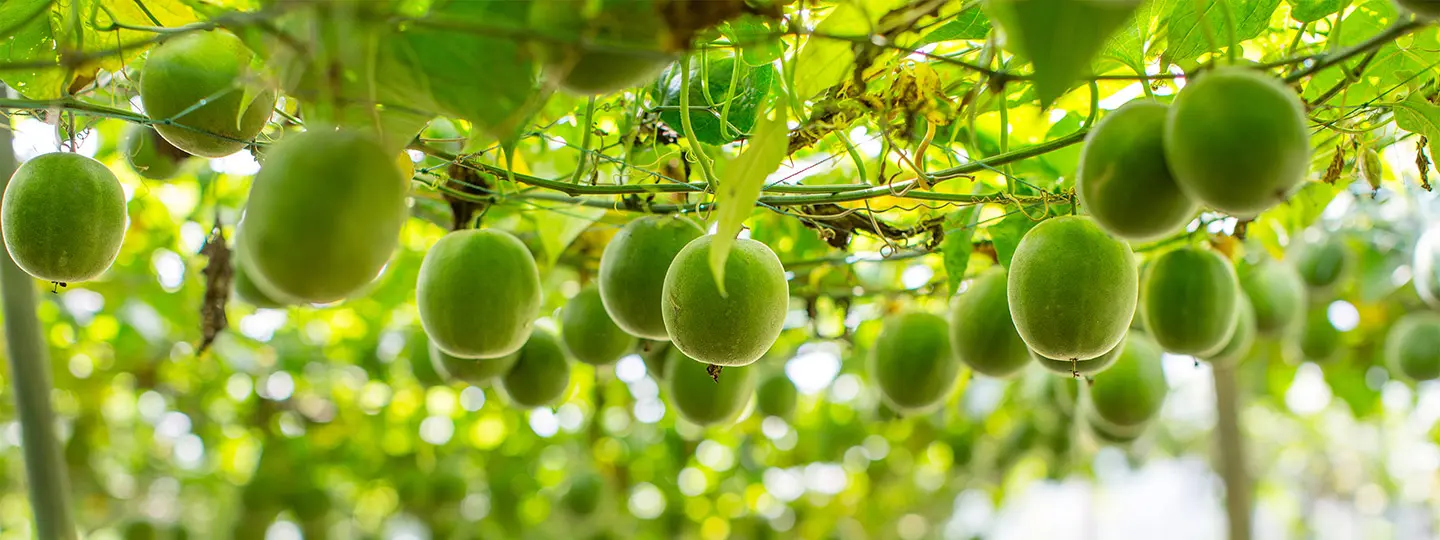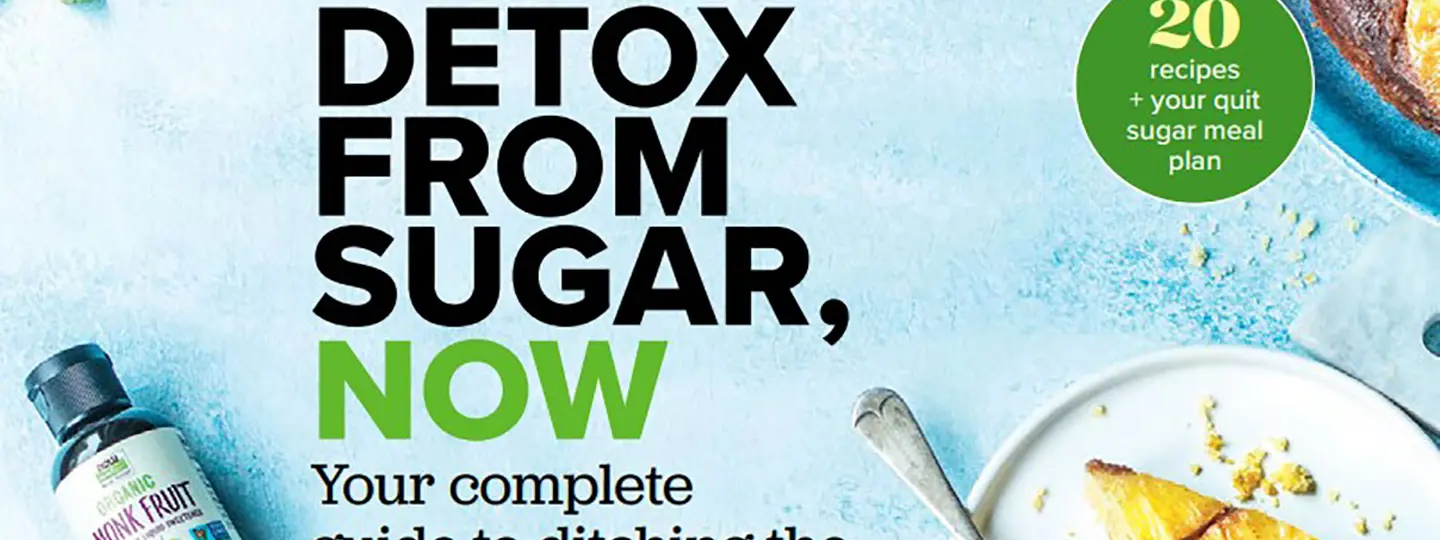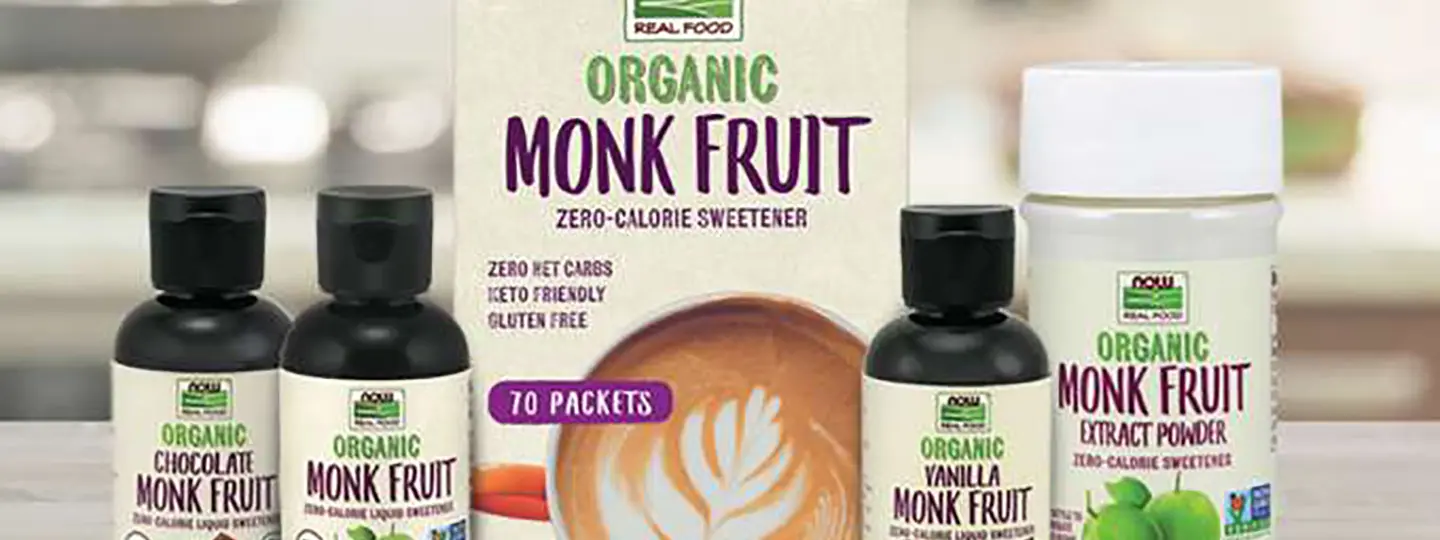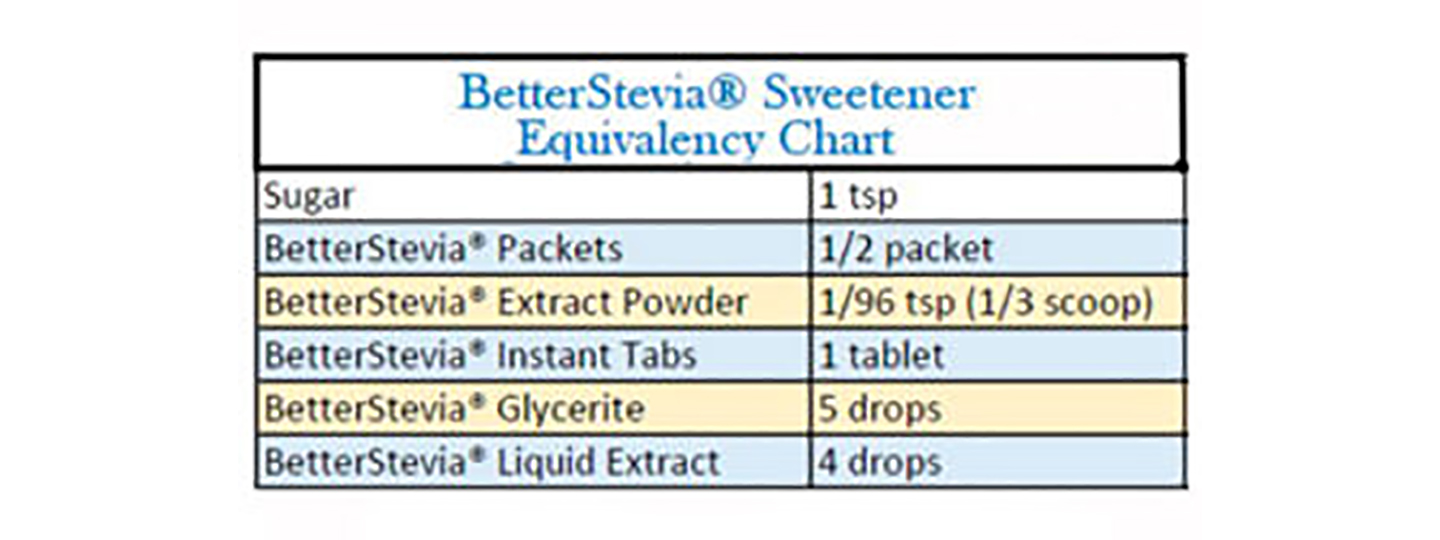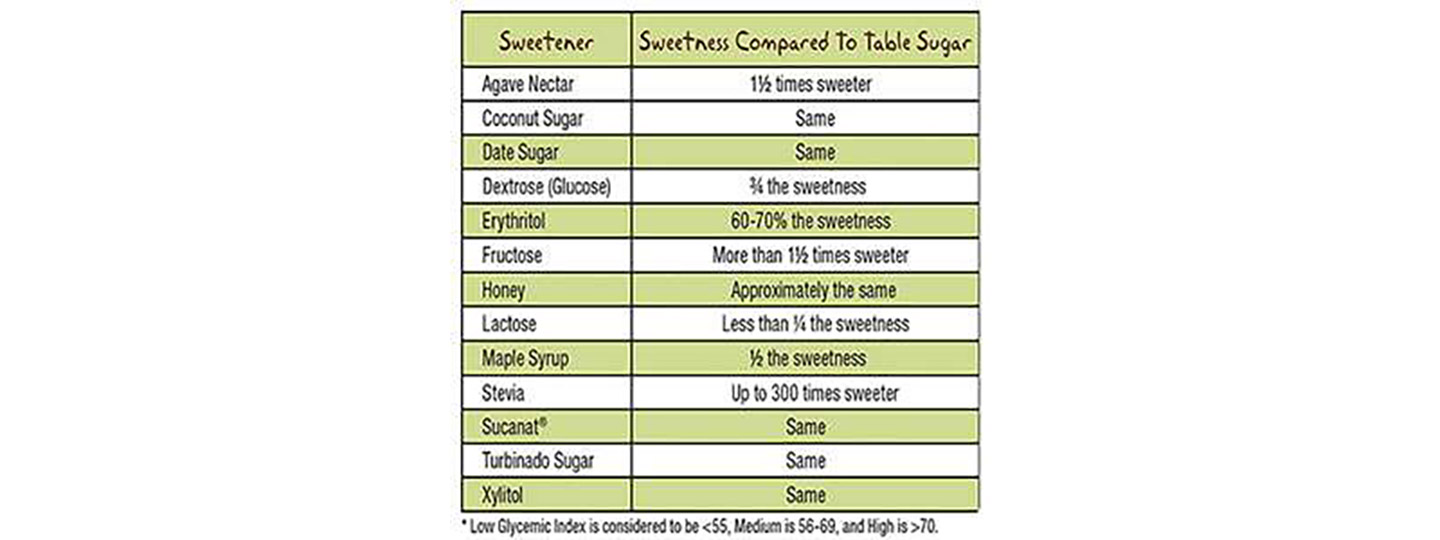Xylitol FAQs
What is Xylitol?
Xylitol is a sugar alcohol naturally found in certain fruits and vegetables that makes an excellent low-calorie sweetener. Our bodies naturally produce up to 15 grams of Xylitol daily from the foods we eat, but Xylitol has no substantial nutritive value. Its real value lies in its low glycemic (blood sugar) impact and the fact that sugar alcohols such as Xylitol don’t promote dental cavities, as many sugars do.
Xylitol isn’t new to the natural products marketplace. It was initially discovered by a German scientist in 1891 but was largely overlooked until World War II, when sugar shortages prompted an innovative group of Finnish scientists to begin researching alternative sweeteners. Xylitol quickly became the group’s focus, and they named it “birch sugar” because it was derived from a fiber (xylan) found in the cellulose of birch tree bark. By the 1960’s Xylitol was being commercially used in Europe, the Soviet Union, and Japan. Today it’s commonly used in the United States as a low-calorie, low glycemic sweetener.
What is Xylitol made from?
Xylitol is commercially found in the cellulose of wood, sugar cane pulp, certain seed hulls, and/or corn cobs. NOW® Real Food Xylitol is produced from non-GMO corn cobs.
What are the most notable differences between Xylitol and white table sugar?
- Xylitol is technically not a sugar; it’s a sugar alcohol, also known as a polyol. Unlike well-known, naturally-occurring sugars such as sucrose, fructose, and dextrose, Xylitol has five carbon atoms instead of six. This difference in molecular structure gives Xylitol its unique benefits and sets it apart from sugars.
- Unlike sugar, Xylitol is slowly absorbed. This means it won’t cause a rapid blood sugar spike, and it doesn’t require an immediate insulin response for it to be metabolized, as most sugars do. Xylitol has an extremely low glycemic index score of 7 on a scale 0-100. For comparison, glucose scores a 100 on this scale.
- At only 2.4 calories per gram versus 4 calories per gram for table sugar, Xylitol boasts 40% less caloric impact while providing approximately the same sweetness as table sugar.
- Xylitol (25-50 g/day) consumption has been shown to slow gastric emptying and assist in appetite management.*
- Xylitol tastes like sugar, but it adds a barely-perceptible cool “icy” taste sensation due to the fact that it has what’s called a “negative heat of dissolution” – it slightly cools any liquid it’s dissolved in.
- While more research is needed, some scientific studies in animal models indicate that Xylitol may positively affect the overall balance of gut flora.* These changes can affect the metabolism of dietary isoflavonoids, which may in turn, help to maintain healthy bone density.*
What is Xylitol’s impact on dental cavities?
Use of Xylitol in mouthwashes and toothpastes is thought to promote optimal oral health by maintaining clean teeth and gums.
Refined sugar is the perfect energy source for many of the bacteria found naturally in the human mouth, such as Streptococcus mutans. When provided with a good supply of energy these bacteria multiply much more quickly, and they produce harmful acids as a by-product of their energy metabolism. When enough of these acidic substances are produced, saliva pH is lowered. If saliva pH drops too far below the healthy neutral level of about 7.0 the calcium and phosphate elements of our tooth enamel can start to dissolve, and small pores begin to form. This is the beginning of cavity formation. Because Xylitol is a sugar alcohol and doesn’t ferment, it is not a source of energy for these acid-producing bacteria. This means bacteria count can be better controlled and the healthy neutral pH of saliva can be better preserved, which discourages the formation of cavities.
Here is the FDA-approved health claim for Xylitol: “Frequent between-meal consumption of foods high in sugars and starches promotes tooth decay. The sugar alcohols in [name of food] do not promote tooth decay.” (Dietary Noncariogenic Carbohydrate Sweeteners and Dental Caries; 21 CFR 101.80)
Are there any cautions or warnings regarding the use of Xylitol?
Yes: “KEEP OUT OF REACH OF PETS AND ANIMALS. DO NOT FEED XYLITOL OR ANY PRODUCT CONTAINING XYLITOL TO YOUR PET OR TO ANY ANIMAL.” (More Xylitol Pet Safety)
Humans: Xylitol is recognized by the U.S. Food and Drug Administration as a safe food sweetener for people. Large amounts of Xylitol (typically 30 to 40 grams or approximately 7 to 10 teaspoons), taken at one time, can produce undesirable temporary symptoms such as diarrhea and intestinal gas in susceptible individuals. If this happens, reduce intake or discontinue use.
Animals: While Xylitol is perfectly safe for humans, it should never be fed to animals and pets, in particular dogs, ferrets and rabbits. Xylitol can cause an extremely rapid blood sugar drop or liver failure that may be life-threatening. NEVER feed xylitol or xylitol-containing products to pets. Ingestion of Xylitol by pets, in any product, is a veterinary medical emergency.
If you suspect your pet ingested Xylitol by either observing this happen or finding evidence of a chewed container or product, and the animal is acting normal, you should attempt to give animal(s) a small meal and at the same time, immediately seek veterinary medical attention. If you have evidence that they ingested any product that contains Xylitol and the animal(s) is not acting normal you should seek veterinary medical attention immediately without giving the animal any food.

